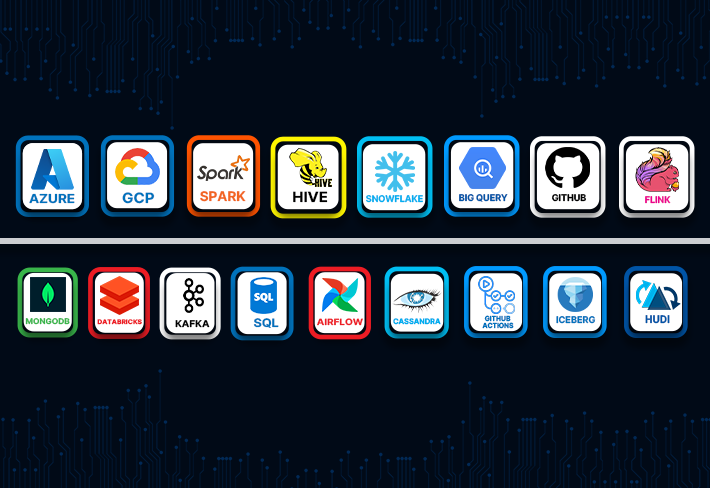Shashank Mishra is a Staff Data Engineer at Prophecy, bringing 8+ years of experience building large-scale data systems across Expedia, Amazon, PayTM, and McKinsey & Company. An MCA graduate from NIT Allahabad, he specializes in architecting modern data pipelines, cloud-native platforms, and real-time analytics at enterprise scale. Beyond industry leadership, Shashank is a prominent educator — running the YouTube channel E-Learning Bridge (183K+ subscribers) and a LinkedIn community of 186K+ professionals. Over 20,000 students have been personally mentored by him, many securing offers from top global tech companies. Known for his project-driven teaching style, he simplifies complex data engineering concepts into actionable, real-world learning. His mission: empower the next wave of data talent to master tools, build production-grade solutions, and turn data into catalyst for career-defining outcomes.
